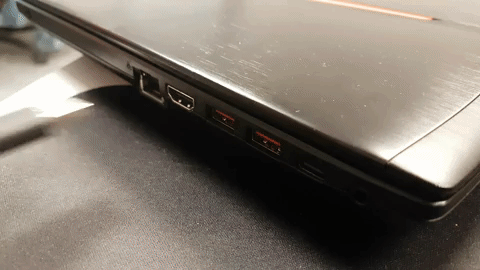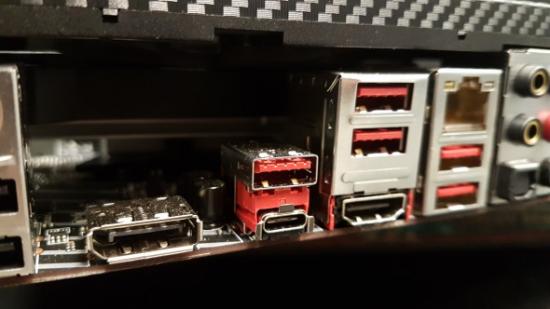It’s taken up until the USB 3.1 standard in 2014 to create a flippable USB connector – that’s 18 years since the first USB standard was finalised. The developer behind USB, Ajay Bhatt, has talked about why the first iteration was never flippable to begin with, and hopefully can justify years and years of I.T frustration.
Don’t have USB Type C yet? Here are the best gaming motherboards.
Ajay Bhatt has been in the business for quite some time, and his direction led to the mass-adoption of USB still around the world today – despite faster standards and connectors coexisting during its long lifetime. However, for the many years of service that USB has offered, it’s also garnered its fair share of frustration thanks to its unflippable design. Bhatt better have good reason for leaving bi-directional input off the USB connectors feature list.
“The biggest mess with USB was the connector was not flippable,” says Bhatt, in an interview with Design News, “Even today when you look at USB, if we had made it flippable it would have been a lot easier.
“If you have a lot of cost up front for an unproven technology it might not take off…. In hindsight you can say it could have been better, but compared to where we were with serial ports and parallel ports…. USB was significantly better.”

No one wants to go back to the days when you needed to screw your parallel cable awkwardly into the back of your machine, only to drop the cable halfway because of crippling hand cramp… sorry DVI. Serial wasn’t exactly a walk in the park, either. In comparison, USB was certainly a huge step in the right direction.
Bhatt mentions that creating a flippable connector would have doubled the connectors required within the cable, and potentially limiting the initial uptake of the Universal Serial Bus. What Bhatt doesn’t expand on however, is why USB couldn’t feature some discerning feature – beyond the thin sliver of plastic within the connector – that would offer some guidance to the weary-eyed user.
In the end it all comes down to cost. All those years of torment down to a number on an invoice. Not to put all the blame on Bhatt for the lacking worldwide utopia, but at least we wouldn’t be desperately attempting to plug in the USB, flipping it and trying again, and then flipping it back a final time, at which point it mysteriously fits – leaving the user in a light existential crisis.
